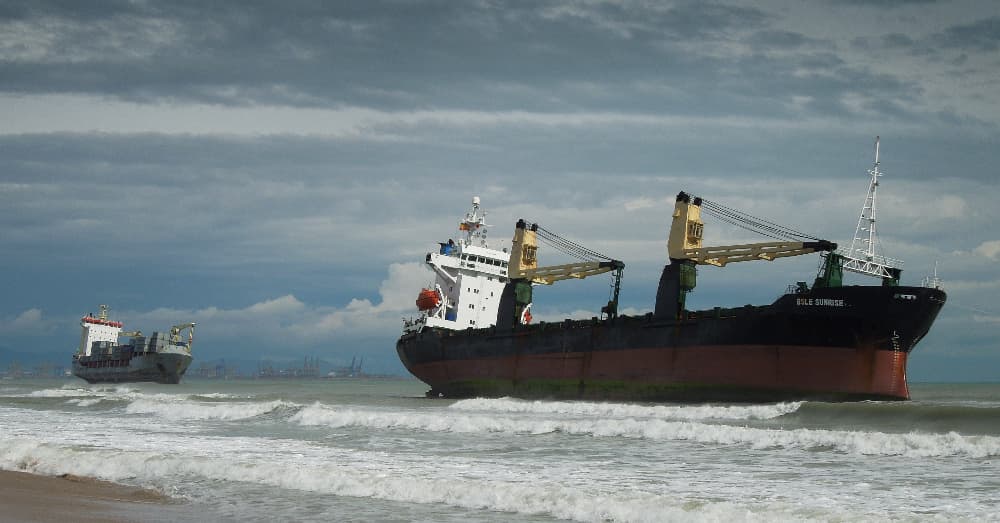
What Happens When a Shipping Line Goes Bankrupt?
2-minute read
In a week when one of the world’s top ten container lines went bankrupt, the business performance of shipping and ports has come firmly under the spotlight, not just globally but in NZ too.
We are fortunate in that South Korea’s Hanjin Shipping, which has filed for court receivership after losing the support of its banks, is not a big player here. Hanjin made a short — and probably costly — entry into the NZ-South East Asian trade but left last year.
It’s our neighbours across the ditch that are more affected, with Hanjin pulling credit from Australian freight forwarders and demanding cash for delivery. The status of cargo on ships still on the water was up in the air at the time of writing but the portents were for extensive costs and delays owing to the nature of the legal processes likely to take place.
Even if the ships en route to Australia were allowed to berth and were then arrested, arrangements would have to be made to pay the stevedores, tugs, and the port costs. It will be a messy situation, and the end customers will be the ones most affected.
NZ shippers too are affected. Not only would there be cargo held on Hanjin relay vessels, one source told me that difficulties were occurring in feeder networks which support NZ services in Asia. The disappearance of Hanjin vessels was leaving alternative services suddenly overbooked.
The wider global picture is Hanjin has been a key member of the CKYHE alliance and was going to be a member of the newly-created THE Alliance, so there will be a flow-on effect there.
Furthermore, there is every chance of a huge international shipping fire sale happening. South Korea’s Financial Services Commission (FSC) said that the country’s government would promote sales of Hanjin’s core assets — ships, overseas sales network and key work forces — to Hyundai Merchant Marine (HMM) in a bid to maintain the “competitiveness of the [Korean] shipping industry.”
However, according to Vessels Value, Hanjin owns 63 vessels worth US$1.7 billion dollars (including newbuilding contracts), and among those are 39 container ships, so it’s hard to imagine HMM being able to take on the lot.
Which possibly means a flood of vessels and equipment coming on to the market cheaply.
It is, of course, an indictment of a flawed business model, which allowed Hanjin to rack up US$5 billion of debt, and makes one wonder about the precarious position of other major lines.
In an upcoming column, we will perhaps revisit the international scene to get a feeling for how things are settling down, and what ramifications are becoming apparent.
Source: NZ Shipping Gazette
We’d love to answer any of your questions! Contact us now
P.S. Do you know of other people that will find this article useful? Please share it on social media. Thank you!
